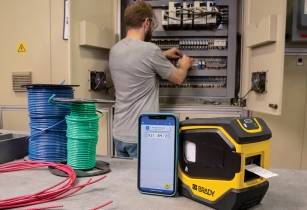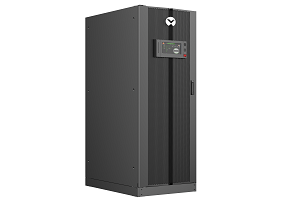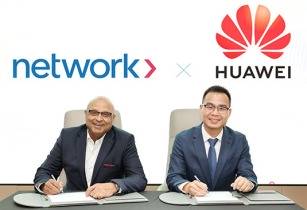Disruptor, Storex, a specialist in multi-vendor infrastructure lifecycle extension management, said that, on average, most displaced OEM estates did not even reach 40 per cent of potential capacity before being replaced
CEO and founder, Jan Beukes, added that many organisations across the Middle East and the African continent have a surplus of infrastructure capacity that is not being optimised properly: “There should be a greater focus on optimising and extending the use of these already paid for platforms.”
“An improved focus of extending the lifecycle of under-utilised existing hardware will positively impact business growth and IT transformation. By re-allocating budget usually assigned to untimely new and sometimes very unnecessary equipment acquisition, you can boost the implementation of future ICT transformation projects,” he noted.
He stated that by addressing unnecessary new OEM expenditure, whether on-premise or off-premise, such as in a data centre or hybrid environment, businesses will automatically be able to realise future value. “One of the issues Storex has identified is the lack of emphasis placed on measuring growth and duty cycles on existing estates. This results in a lack of transparency and businesses are not aware of the true upgrade date for displacement of their equipment,” noted Beukes.
Beukes acknowledged that digital transformation is imperative for business survival but said this does not always justify the current focus placed by OEMs on the sale of new technology only. In reality, he said that most equipment is nowhere near providing true ROI before being replaced with newer platform technologies.
With a focus on infrastructure lifecycle extension management, Beukes explained that investment in new ICT Infrastructure only takes place when the true limitations are reached: “By adopting the Storex support model, risk is minimised when maintaining equipment and has no impact on business continuity. It’s a collaborative approach that assists businesses to identify unnecessary maintenance and upgrade policies on existing estates.”
Technology refreshes according to a lifecycle management approach are driven purely by business requirements: “We partner with the customer to ensure that upgrades are absolutely necessary and not influenced by new OEM sales,” he continued.
Launched 12 years ago, Beukes declared that Storex has built an impressive customer base and while the local industry lags when compared to global trends, this approach of extending equipment lifecycle will grow as businesses continue to work with tighter budgets in a very volatile economy and environment.
“It’s a service solutions-focused approach, one which is focused squarely on assisting businesses to get maximum return from their IT investments. By offering alternatives to counter the end of Life, end of support myth, our services disrupt and provide solutions that are focused on cost-savings, are reliable and customer focused,” he concluded.



































